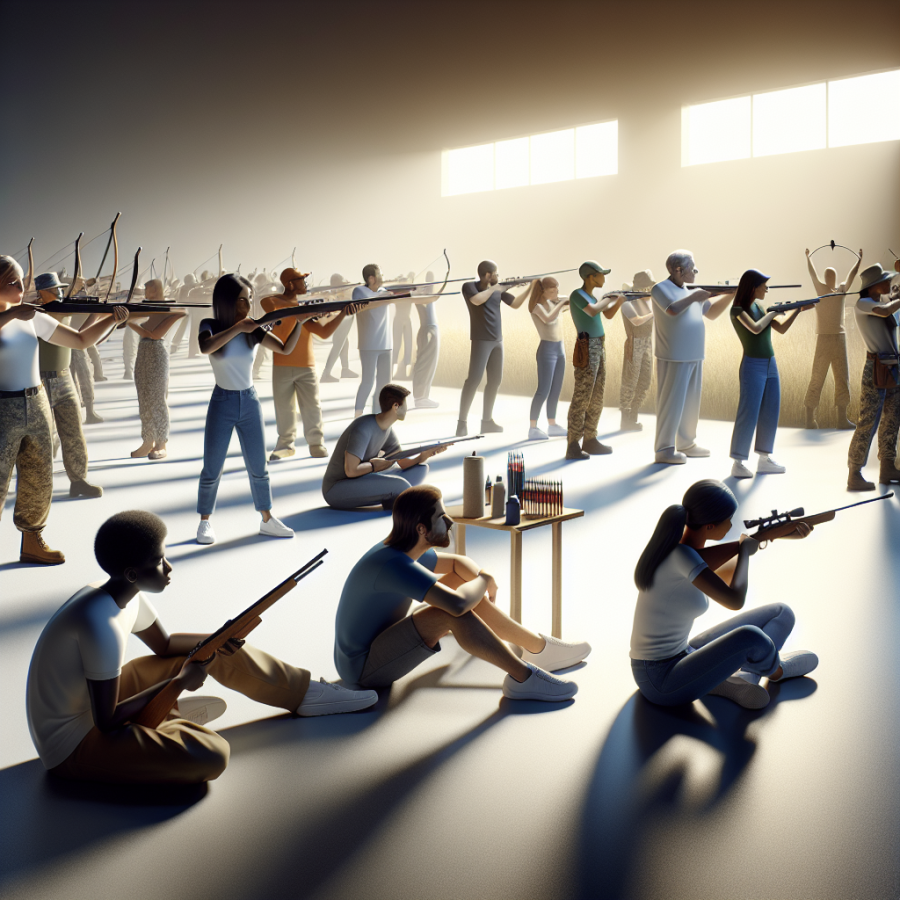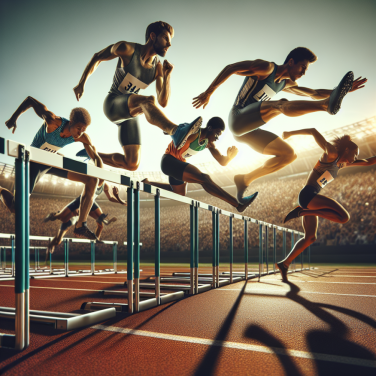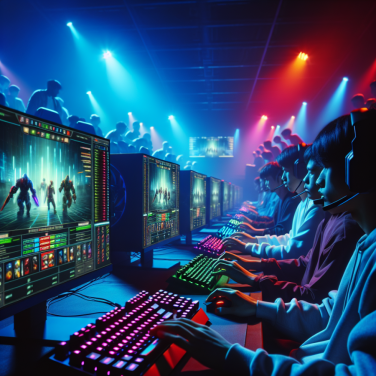Enhancing Precision and Accuracy: The Skills Required for Shooting Sports
Shooting sports, whether it's hunting, skeet shooting, or competitive shooting, require a unique set of skills. The most crucial of these are precision and accuracy. Perfecting these skills can significantly improve your performance, whether you are a seasoned athlete or a beginner.
Precision and accuracy are often used interchangeably, but these terms have different meanings in shooting sports. Precision refers to the consistency of your shots, whereas accuracy pertains to the closeness of each shot to the target's center. Therefore, a precise shooter may have tight groupings of shots but might not necessarily hit the bullseye each time: this would indicate high precision but low accuracy. Conversely, a shooter who does not have tight groupings but consistently hits near or on the bullseye demonstrates high accuracy.
One fundamental aspect of precision and accuracy in shooting sports is the posture. A steady, comfortable position will allow you to exercise full control over your firearm. Stand with your feet shoulder-width apart to maintain balance, and ensure your arms are extended but not locked. Your body should be tilted slightly forward, and your dominant eye should be in line with the sight or scope. Consistency in your shooting posture is key to precision shooting.
Next, mastering the art of sighting is quintessential. This comprises of both aiming and alignment - two factors that greatly influence accuracy. Aiming entails focusing on a specific target point, while the alignment process involves adjusting the firearm sights for more precise target engagement. Regular practice and precise adjustments can help improve your sighting skills over time.
Breathing control is another factor that affects your precision and accuracy in shooting sports. Each breath can cause slight body movements that may throw off your aim. The commonly suggested strategy is to either hold your breath briefly or to breathe out slowly before pulling the trigger.
Trigger control is an equally important skill in shooting sports, directly affecting both precision and accuracy. Squeezing the trigger too rapidly or with too much force can disrupt your aim or even result in a miss. The ideal method is to squeeze the trigger slowly and gradually, ensuring a surprise break. This ensures that the firearm does not jerk or move off target in anticipatory response to recoil.
Finally, building mental strength can greatly improve both your precision and accuracy. Shooting is as much a mental game as it is a physical one. Developing skills such as concentration, patience, and the ability to perform under pressure can significantly enhance your shooting performance.
Read also:
Exploring the Abundance of Golf Courses on Hilton Head Island
Unveiling the Thrilling World of Shooting Sports
Shooting sports are an exciting and fiercely competitive arena, rife with adrenaline, discipline, and intricate tactics. Whether you're an experienced sportsman, a beginner, or just someone interested in learning more about these engrossing activities, this article will guide you deeper into the thrilling world of shooting sports.
First, it's essential to grasp the different types of shooting sports available. From archery to clay target shooting, long range sniper shooting to rapid-fire pistol competitions, each type offers its unique challenges and excitements. Archery is all about precision and concentration, while clay pigeon shooting requires exceptional coordination and timing. Rapid-fire pistol competitions are thrilling tests of agility and precision under pressure. Each type of shooting sport has a distinct dynamic, requiring different skills and levels of expertise.
Secondly, we delve into the various skills needed to excel in these sports. An excellent shooting sports athlete moves beyond just being a good marksman. Excellent coordination, balance, endurance, concentration, and the ability to make split-second decisions are just as crucial. Training for shooting sports is intensive and multifaceted, incorporating fitness regimes, mental conditioning, and of course, extensive practice at the shooting range.
Moreover, the equipment used in shooting sports is worth delving into. Depending upon the type of sport, an athlete might use a vast range of equipment, from bows and arrows to rifles and shotguns. Each piece of equipment requires a thorough understanding and careful handling. Knowledge of the equipment's operation and maintenance is as pertinent as shooting skills with them in these sports.
A unique aspect of shooting sports also lies in their inclusiveness. You may find that age, sex, or physical fitness level doesn't restrict participation in these sports as much as in others. The require precision, mental sharpness, and tactical thinking mean that even those who may not typically excel in more physically demanding sports can often find their place in shooting sports.
Safety is another critical aspect of shooting sports. Given the use of potentially dangerous equipment, there's an inbuilt need for stringent safety protocols. Learning the art of shooting sports includes an in-depth understanding and respect for these protocols. Safety measures are always priority one, embedded deep within the fabric of every shooting sport.
Finally, one cannot ignore the adrenaline rush and exhilaration that comes with participating in or even watching shooting sports.




